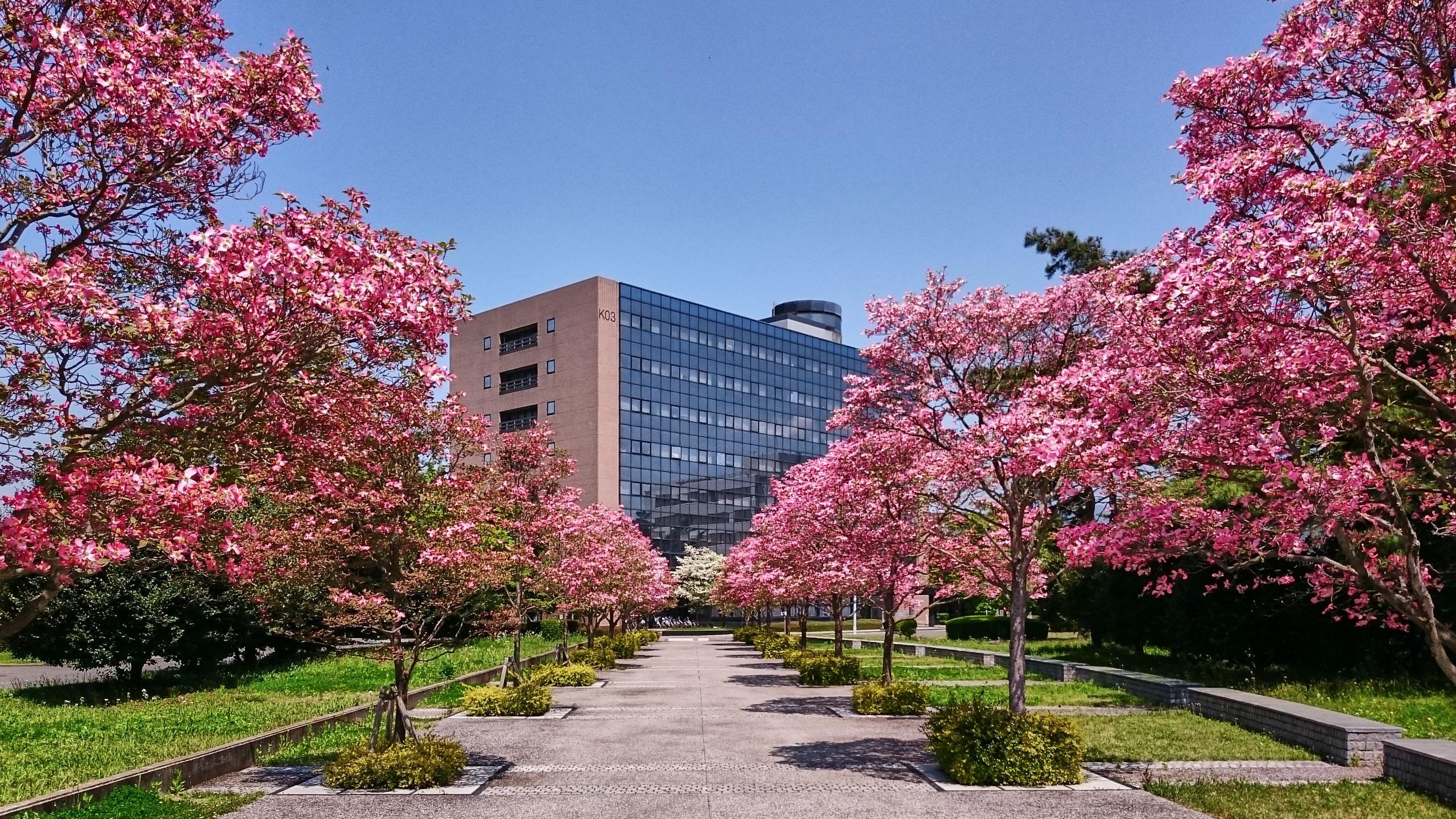利用規約
本ウェブサイト上の写真や画像などの著作物をご利用の際はKEKウェブサイト利用規約をご一読ください。 該当する場合は、下記の画像等著作物利用許可願をご記入の上、広報室(proffice@kek.jp)宛にメールでご連絡ください。
クレジットの表記方法について
画像などを使用する際には、以下のいずれかのクレジットの表記をお願いいたします。
- 「提供 高エネルギー加速器研究機構」
- 「提供 KEK」
- 「© 高エネルギー加速器研究機構」
- 「© KEK」
画像等著作物利用許可願

| ID | 11895 |
| 撮影日 Shooting date | 2017/01/13 |
| 著作者 Author | KEK |
| クレジット Credit | KEK |
